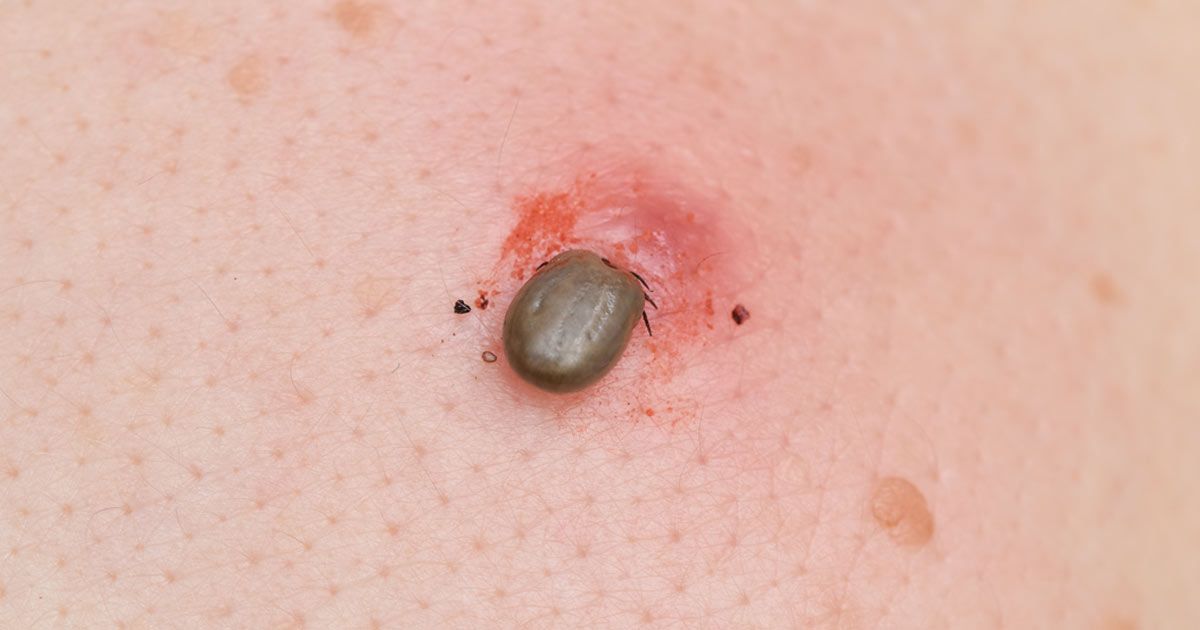Lyme Disease Survival Tips

I understand the profound impact that Lyme disease can have on individuals and their quality of life. Many patients struggle with a range of debilitating symptoms that can persist long after the initial infection, affecting both physical and mental well-being. In this blog, I will explore the nature of Lyme disease, its effects on the immune system, and provide practical survival tips to help you navigate this challenging condition.
-Dr. John Salerno
Effective Strategies for Treating and Preventing Lyme Disease
Lyme disease, caused by the bacterium Borrelia burgdorferi, is primarily transmitted through the bite of infected black-legged ticks. While it might initially present as a mild infection characterized by flu-like symptoms or a characteristic rash, the consequences of untreated or poorly managed Lyme disease can extend far beyond the initial illness. Chronic fatigue, joint pain, neurological symptoms, and cognitive issues are just a few of the ways this illness can disrupt daily life.
The immune system plays a significant role in either combating or succumbing to the effects of the disease; a strong immune response can help fend off the bacteria, while a compromised system may struggle, leading to chronic symptoms and complications.
In conventional medicine, Lyme disease is often treated with a course of antibiotics, typically designed to eradicate the bacterium from the body. However, this approach may fall short for many patients, as it does not always address the underlying issues that contribute to lingering symptoms caused by persistent inflammation or an imbalanced immune response.
In contrast, integrative medicine takes a more holistic approach, focusing on supporting the body’s ability to heal itself. This includes not only treating the infection itself but also reinforcing the immune system, addressing nutritional deficiencies, and managing co-existing health issues. By employing a multifaceted strategy, integrative medicine alleviates the symptoms and restore overall health and well-being in patients suffering from Lyme disease.

Ultraviolet Blood Irradiation Therapy for Lyme Disease Treatments
Ultraviolet Blood Irradiation Therapy (UBIT) is a treatment that involves exposing blood to ultraviolet (UV) light in a controlled environment. This method has been proven to effective treat various conditions, including Lyme disease, through several potential mechanisms.
The process works by drawing a small amount of blood from the patient, which is then exposed to UV light before being returned to the body. The UV light is believed to help enhance the immune response in several ways.
First, it eliminates pathogens, including bacteria and viruses, directly in the blood. In the case of Lyme disease, this helps reduce the bacterial load and lower the burden on the immune system.
UV irradiation stimulates the immune system by promoting the production of certain immune cells and cytokines, which are essential for fighting infections. This is particularly beneficial for individuals with Lyme disease, whose immune systems may be compromised or overwhelmed due to the persistent presence of the Borrelia burgdorferi bacteria. UV blood irradiation also improves oxygen delivery to tissues and enhance circulation, key factors in supporting overall health and recovery.
Tips to Prevent Lyme Disease
Prevention is key when it comes to Lyme disease, especially given the increasing prevalence of tick populations in many regions. Here are ten essential tips you can implement to reduce your risk of contracting Lyme disease.
- First, wear protective clothing when venturing into wooded or grassy areas. Long sleeves, long pants, and light-colored clothing can make it easier to spot ticks.
- Apply Essential Oils. Oils such as eucalyptus, lavender, tea tree, and peppermint have natural repellent properties. They can be diluted with a carrier oil and applied to the skin or clothing.
- If you have pets, ensure they are regularly treated with veterinary-approved tick prevention products.
- Conduct tick checks after spending time outdoors, paying close attention to areas like the scalp, behind the ears, and underarms, where ticks often hide.
- Consider creating a tick-safe zone in your yard by clearing tall grasses and brush, keeping a barrier of wood chips or gravel, and regularly mowing the lawn.
- Educate yourself about the signs and symptoms of Lyme disease, so you can seek prompt medical attention if you suspect you have been bitten.
- Be cautious when visiting areas known for high tick populations, especially during peak seasons in spring and summer.
- Avoid sitting directly on the ground or using grassy areas for picnics; use blankets instead to reduce direct contact with potential tick habitats.
- Shower after returning indoors as this can help wash off any ticks that may not have attached yet.
- Consider discussing tick-borne disease testing with your healthcare provider if you live in or travel to high-risk areas.
In conclusion, Lyme disease can pose significant challenges, but with proper knowledge and proactive strategies, you can significantly reduce your risk of infection. Understanding how Lyme disease affects the immune system is crucial in choosing the right treatment approach, whether through conventional medicine or holistic methods.
By implementing the prevention tips outlined above and seeking support from integrated practitioners, you can empower yourself to not only avoid Lyme disease but also foster resilience and wellness. As always, it is essential to listen to your body and seek medical attention if you notice any concerning symptoms. Together, we can navigate the complexities of Lyme disease and prioritize our overall health and well-being.





